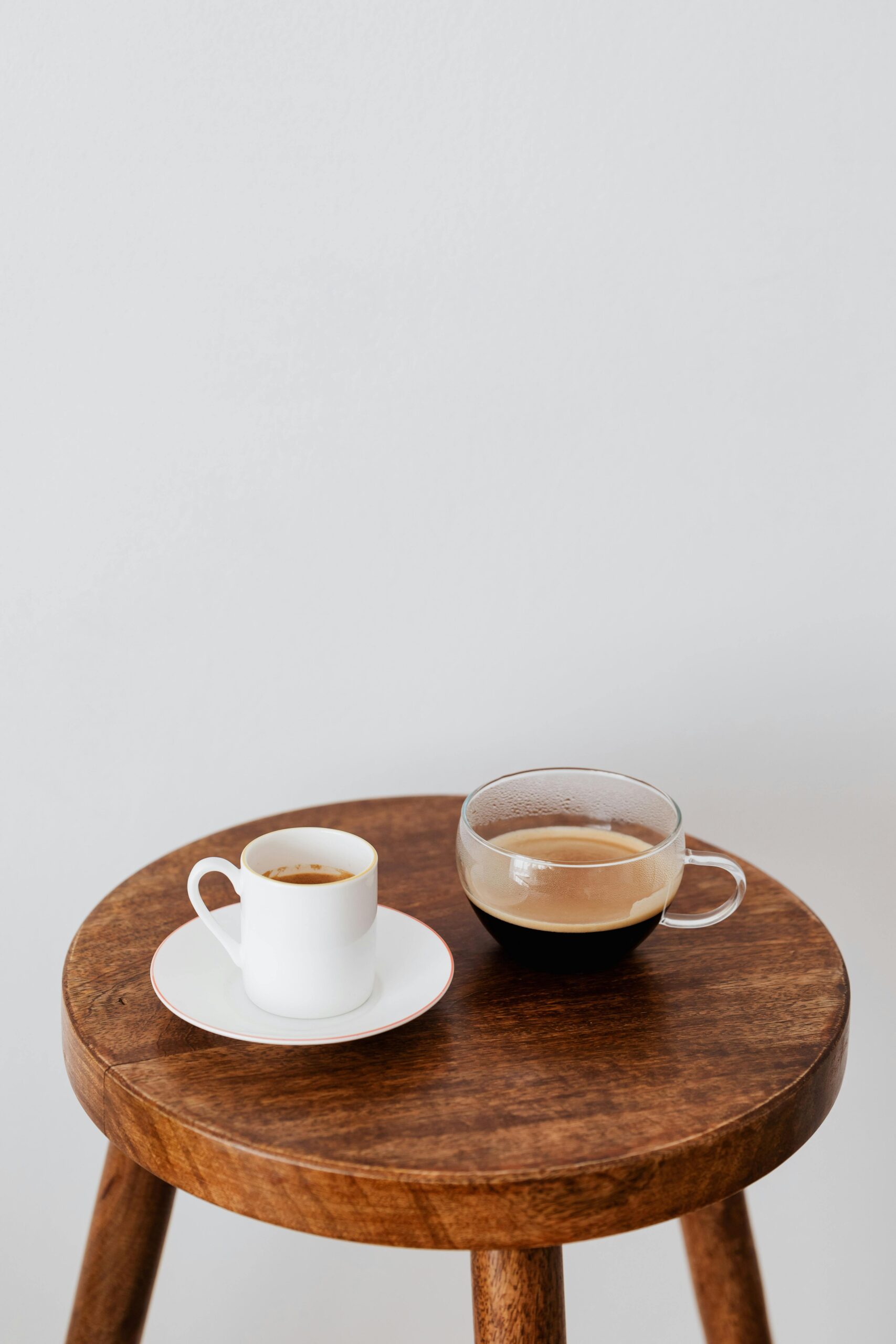Mistake: Using stale beans
Many of us start the day with coffee, but fail to notice the quality of beans. Whole beans lose flavor over time. As one coffee enthusiast, Maria from Seattle, put it: “I didn’t realize how stale my beans were until I tasted freshness from a local roaster—that moment changed everything.” Learn more about freshness and storage in this blog about common brewing mistakes. SOLUDE Coffee
2. Not adjusting grind size to brewing method
A mismatched grind size can ruin extraction: coarse for French Press, fine for espresso. One reader shared, “I poured over ground coffee and ended with a flat cup—adjusting the grind improved flavor drastically.” For detailed guides, check out this post on the most common brewing errors and fixes. Stone Street Coffee
3. Storing beans improperly
Leaving beans in decorative tins or clear bags exposes them to air, light, and moisture—reducing aroma. “I had my beans next to the stove—they tasted burnt until I moved them to a dark, airtight jar,” says João, a home brewer from Rio. A helpful article on storage mistakes offers additional tips. Epicurious
4. Grinding in advance
Grinding beans even a few hours before brewing diminishes flavor due to oxidation. The moment someone began grinding just before brewing, their coffee “went from dull to vivid,” according to a friend’s feedback. Always grind fresh.
5. Using poor-quality water
Tap water full of chlorine or minerals affects your coffee’s taste. One morning, after switching to filtered spring water, Ana exclaimed, “Coffee finally tastes like it should—balanced and clean.” It makes all the difference.
6. Forgoing precise measurements
“Eyeballing coffee scoops” is a phrase often heard among casual brewers. But inconsistent coffee-to-water ratios lead to unpredictable flavor. As experts recommend, use a scale and aim for around 1:16 or 1:18 ratio. EatingWell
7. Brewing at wrong temperature
Pouring boiling water (over 205°F) scalds grounds; too cool water under-extracts them. A barista once told me, “Fine-tuning water temperature changed my espresso game completely.” Aim between 195°F–205°F for optimal extraction.
8. Forgetting equipment cleanliness
Leftover oils and residue from old brews can make coffee taste rancid. “My French Press started tasting funky until I cleaned it monthly,” a barista friend admitted. Regular cleaning is non-negotiable.
9. Reheating old coffee improperly
Microwaving leftover coffee boosts bitterness and destroys nuance. Remember, coffee is meant to be enjoyed fresh—accept it or brew a new cup.
10. Drinking coffee at the wrong time
Drinking coffee right after waking up can blunt its energizing effects. Nutrition experts suggest waiting 60–90 minutes after getting up. Health
11. Consuming excessive sugar or creamer
Overloading coffee with sugar or flavored creams erases subtle notes. Use natural sweeteners sparingly to preserve the taste. Experts warn that too much sugar may negate coffee’s health benefits. Verywell Health
12. Using unfiltered coffee daily
Daily use of unfiltered coffee can raise LDL cholesterol levels. Experts recommend switching to filtered drip coffee regularly. Health
13. Relying solely on coffee as a morning kickstart
Some skip breakfast and use coffee as their only fuel. But “coffee shouldn’t replace a meal,” a nutritionist noted—pair it with protein for sustained energy. Health
14. Ignoring ratio advice for iced coffee
When making iced coffee, using coffee that’s too weak or ice that dilutes flavor is common. A barista advises making double-strength brew and pouring over ice immediately. EatingWell
15. Using uncalibrated tools
Without tools like quality burr grinders or scales, consistency suffers. One home brewer switched to a scale and noticed every cup became more reliable and flavorful.
16. Failing to clean grinders
Oil buildup in grinders clogs consistency and flavors. Once cleaning became routine, grounds and flavor improved noticeably.
17. Not pre-warming the cup
Pouring hot coffee into a cold mug can cool it quickly. Pre-warming your cup with hot water makes a small but impactful difference to temperature retention.
18. Neglecting seasonal adjustments
Your routine may need tweaks according to ambient temperature or humidity. A friend shared, “Switching brew variables in winter helped my coffee taste better—tiny tweaks matter.”
19. Not listening to your palate
One café owner said: “I tweak the grind daily—coffee is a living equation.” Pay attention to your tastes and adjust variables like grind, temperature, and dose until each cup resonates.
Must-Watch Video: Common Coffee Mistakes (With Fixes)
This video showcases five surprisingly common coffee mistakes—like measurements, grind issues, and more—and how to fix them step-by-step.

